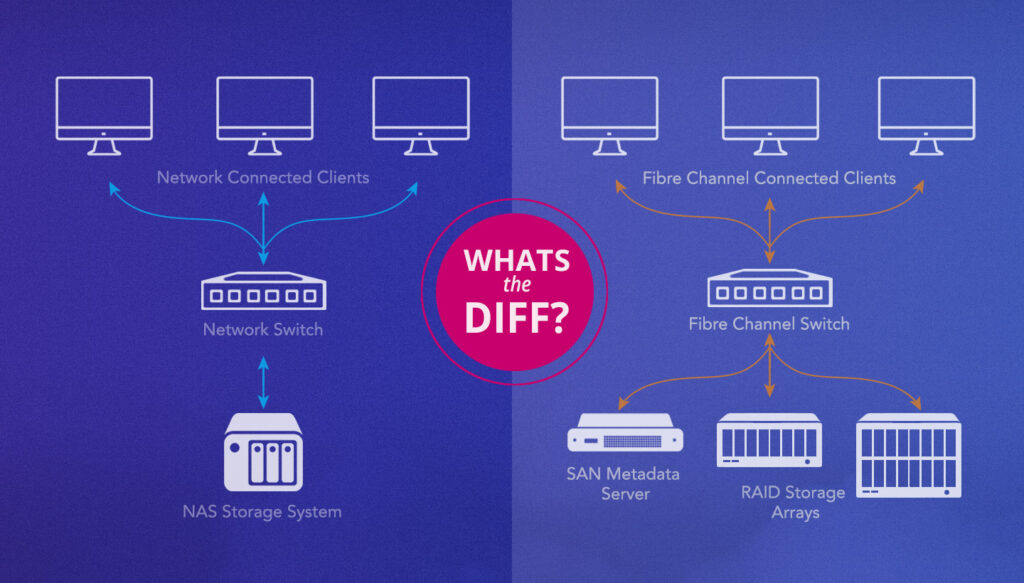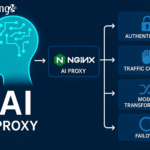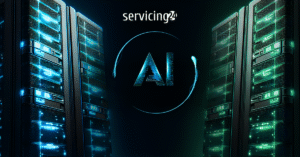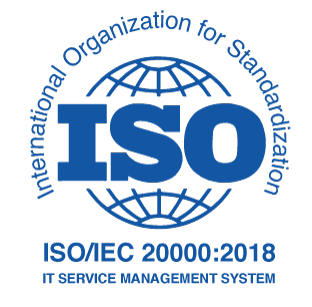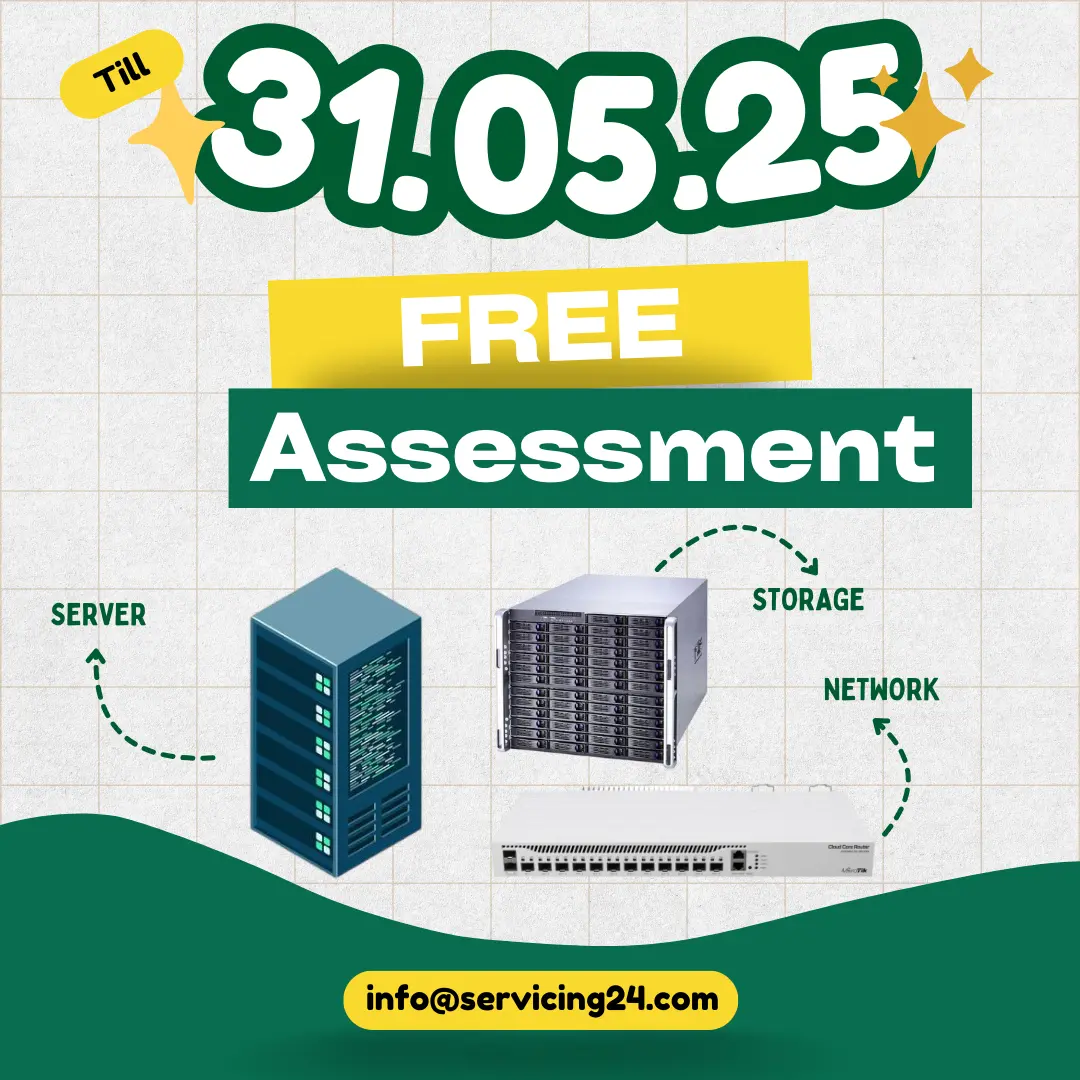Server storage plays a crucial role in managing and organizing data efficiently. There are three primary types of storage used in IT environments: Direct-Attached Storage (DAS), Network-Attached Storage (NAS), and Storage Area Network (SAN). Understanding their differences helps businesses choose the best solution for their needs.
1. Direct-Attached Storage (DAS) – Simple & Fast
What is DAS?
DAS refers to storage devices directly connected to a single server without a network in between. It includes internal hard drives (HDDs, SSDs), external drives, and RAID arrays.
How DAS Works
DAS storage connects to a server through SATA, NVMe, SCSI, or USB interfaces, meaning it can only be accessed by the host machine unless shared manually.
Advantages of DAS
- Fast Performance – Since data doesn’t travel over a network, DAS offers low latency and high speeds.
- Cost-Effective – Requires no additional networking equipment, making it affordable.
- Easy to Set Up – Simple plug-and-play solution, ideal for small businesses or single-server environments.
Disadvantages of DAS
- Limited Scalability – Expanding DAS storage often requires replacing drives or adding new servers.
- Difficult to Share Data – Unlike NAS or SAN, DAS storage is not networked, limiting multi-user access.
- Manual Backup & Redundancy Needed – Without RAID or backups, a drive failure can lead to data loss.
Best Use Cases for DAS
- Personal storage (external HDDs, SSDs)
- Small businesses with a single server
- High-performance applications like gaming, video editing
2. Network-Attached Storage (NAS) – Centralized & Shared
What is NAS?
NAS is a dedicated file storage system connected to a network, allowing multiple users and devices to store and retrieve data from a centralized location. It typically uses Ethernet connections (LAN/WAN).
How NAS Works
NAS devices contain multiple hard drives in RAID configurations and connect to the network through Wi-Fi or Ethernet. Users access files via network protocols like NFS, SMB, or FTP.
Advantages of NAS
- Easily Accessible & Shareable – Multiple users can access data remotely from different devices.
- Scalable – Storage capacity can be expanded by adding more NAS devices.
- Automated Backups – Many NAS systems offer built-in backup and redundancy features.
Disadvantages of NAS
- Slower than DAS & SAN – Because it relies on a network, NAS may have higher latency compared to DAS.
- Network Dependency – If the network is down, access to NAS storage is lost.
- Security Risks – NAS devices are more vulnerable to cyber threats than direct storage.
Best Use Cases for NAS
- Small to medium-sized businesses needing centralized storage
- File sharing between multiple users (home offices, creative teams)
- Media streaming & backup solutions
3. Storage Area Network (SAN) – High-Performance & Enterprise-Level
What is SAN?
SAN is a high-speed, dedicated network that connects multiple servers to centralized block storage, providing fast access and high reliability for enterprise environments.
How SAN Works
SAN uses a Fiber Channel (FC) or iSCSI to provide low-latency, high-speed data transfer. Unlike NAS, SAN operates at the block level rather than the file level, offering superior performance and efficiency.
Advantages of SAN
- High-Speed Performance – Faster than both NAS and DAS, making it ideal for data-intensive applications.
- Scalable & Flexible – Can accommodate growing storage needs without downtime.
- Centralized Storage Management – Allows multiple servers to access shared storage efficiently.
Disadvantages of SAN
- Expensive – Requires specialized hardware and expertise to set up and maintain.
- Complex to Deploy – Setting up SAN involves switches, Fiber Channels, and storage controllers, making it more complex than NAS or DAS.
- Requires Dedicated Network – Needs a separate storage network, increasing infrastructure costs.
Best Use Cases for SAN
- Large enterprises requiring high-performance storage
- Databases, virtualization (VMware, Hyper-V), and cloud computing
- Financial, healthcare, and government institutions needing low-latency and high availability
DAS vs. NAS vs. SAN: Key Differences
| Feature | DAS | NAS | SAN |
|---|---|---|---|
| Storage Type | Local, directly attached | File-based storage | Block-level storage |
| Connectivity | SATA, SCSI, NVMe, USB | Ethernet (LAN) | Fiber Channel, iSCSI |
| Access | Single server | Multiple users over a network | Multiple servers over a dedicated network |
| Performance | Fastest for single-server use | Moderate, depending on the network | High-speed, enterprise-grade |
| Scalability | Limited | Scalable with more NAS devices | Highly scalable with minimal downtime |
| Cost | Low | Moderate | Expensive |
| Best For | Personal & small business | Small to medium businesses | Enterprises & high-performance applications |
To find out about our services,
- Contact us.
